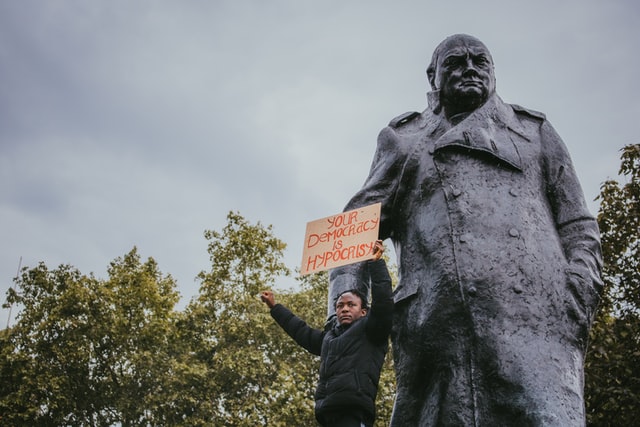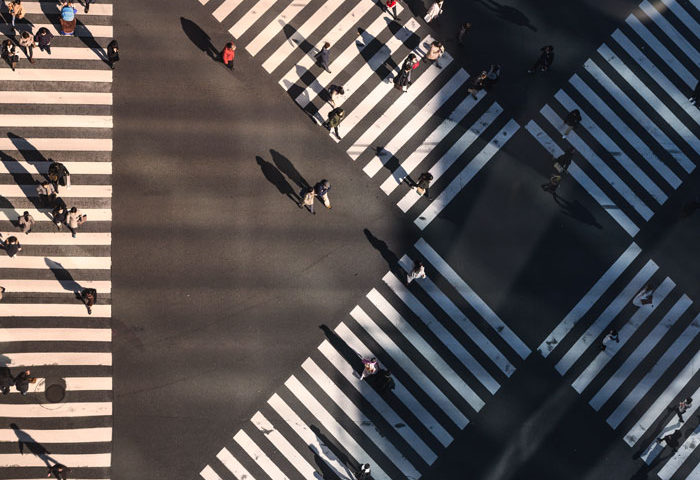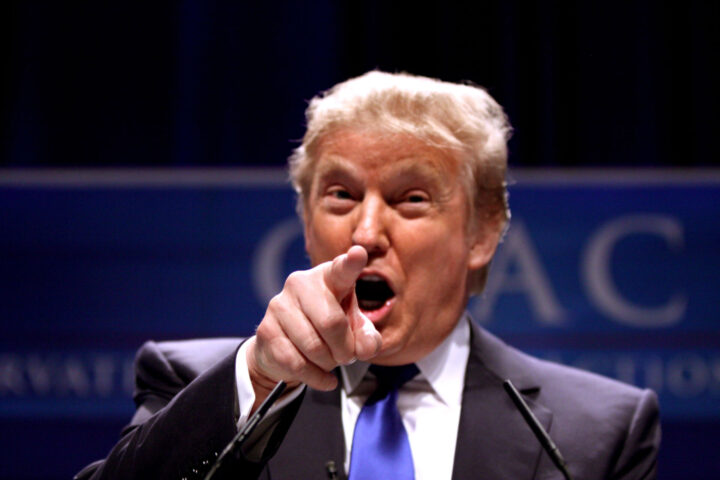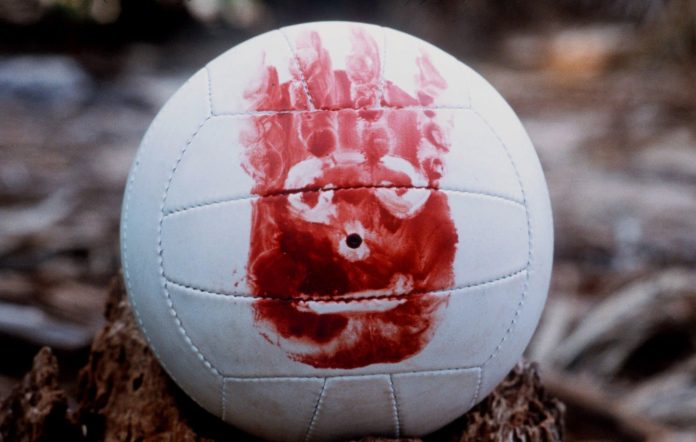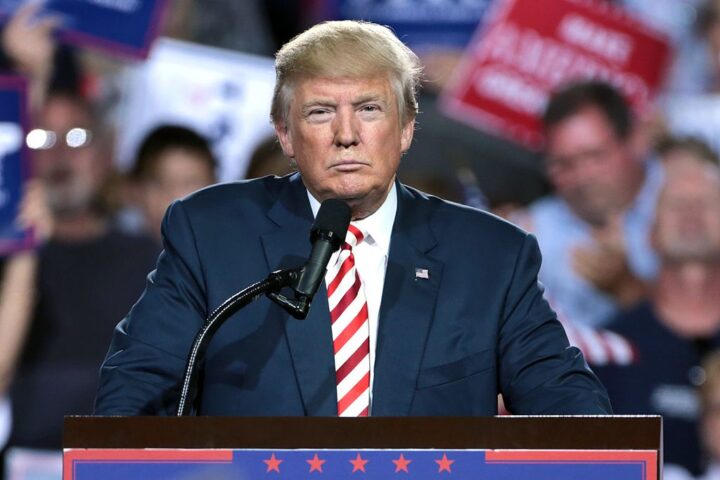Photo by Edward Howell
The world has been immersed in the mobilizations against police abuse and racism for several weeks. Peaceful protests are mixed with vandalism, promoting a better world through violence in all its forms against a diffuse and immaterial enemy. Sometimes they are the police, and others are the buildings and town halls. Today the new representative of the enemy of the liberators are the statues and public monuments.
Hundreds are being painted, knocked down or damaged. And there are all kinds, from Christopher Columbus to Winston Churchill. Anything that someone in a euphoric rictus decides is a symbol of racism. It is enough that a finger points, and there they all go— some armed with hammers, others with cell phones to immortalize the triumph.
Some find significant justifications for these acts, but the truth is that I doubt the thoughtfulness of the intentions or the conscience behind the attack on the monuments. These acts dressed in rebellion and “citizen conscience” are fueled by an alley iconoclasm that seeks to evoke the winners’ ritual, who demolish the statues of the losing side.
The absence of soccer has given rise to the new sport of annihilating statues. They do not speak, nor do they defend themselves, and certainly neither do their deceased creators. They are more than a desirable target; the mass can participate as if it were a picnic in the park.
There is morbid destruction. The human being (that which contemporaneity has abolished) is very seductive by power. The human with power is corrupted in its exercise. It is not without some wisdom that demons are represented with tridents and with the attributes of wild beasts, while angels are harmless beings. Behind every act of vandalism or violence, an arcane pleasure is unleashed, which emulates the idea of dominating others’ lives through death. The antediluvian Cain impulse is vindicated in this way. With each lynched monument, they feel David knocking Goliath down.
But there is nothing beyond. The feeling of power dissolves at the moment of completion of the act. When the statue falls, the memory of pleasure remains. And then another icon is needed just as the drug addict needs more drugs.
This destruction has a relevant significance: forget the city; leaves the urban landscapes mute. These statues are the physical footprint of history, of what men and peoples have done, admired, imposed. Positive or negative, they are a reminder of what humanity can do. And without that reminder, we are more prone to abandonment and oblivion. The destruction of statues is the equivalent of burning books just because we don’t like the convictions under which they were written.
It is not an enlightened attitude that is behind, but one similar to the dependence of fan communities on a product. It is the same fury of Game of Thrones fans not liking the last season; the poisonous dissatisfaction of fans of a saga when they see a CGI that does not satisfy them or the frustration of a player when finding a glitch in the video game.
The silence of the city is part of the new culture incubated on social networks. Nobody pretends to straighten history, nor claim the rights of any community with it. Here what is sought is oblivion. It is to erase everything that you do not like, a world where there is nothing that serves to remember or evoke something different from what is instantly thought.
There will always be someone who feels that this is not the case, and who believes they are paving the way for tomorrow; even some will be able to question the act. But immersed in the mass, they are like dogs chasing cars: they will continue until in the cities there is no stone on stone, and the corpses pile up next to the rubble.
